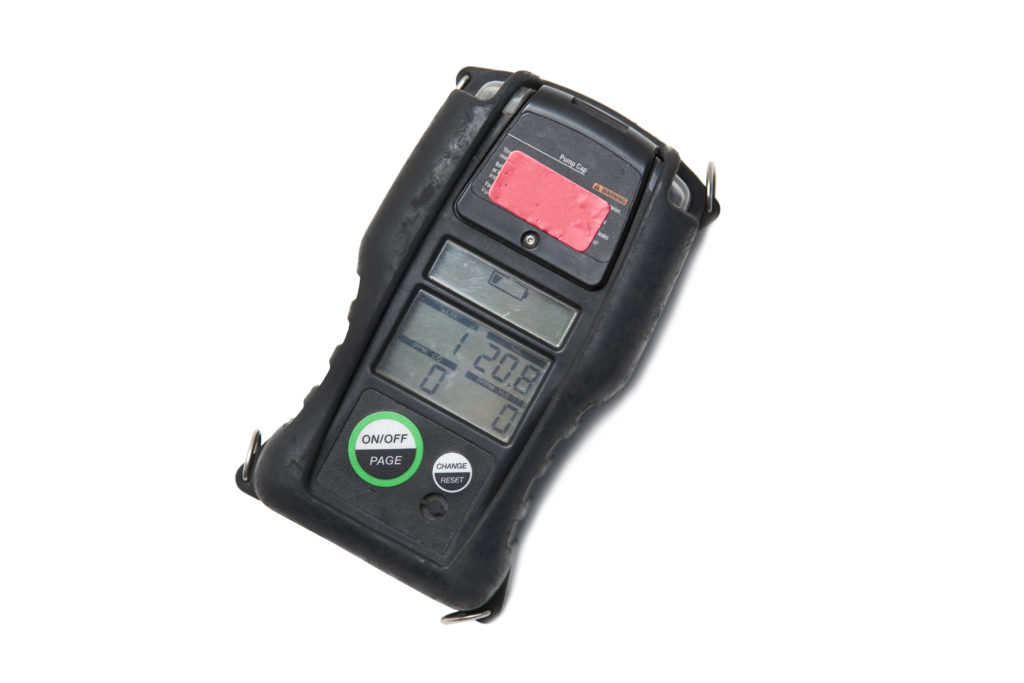Hydrogen sulfide is a hazardous gas that can endanger any worksite. The implications unsafe levels of H2S can have on the air quality and safety of a work environment are too severe to ignore. High concentrations of H2S can lead to complaints, citations, illness, and even death. The best way to protect your business is to use an H2S monitor to warn you of any potential hazards. Here are a few things to consider while finding the right H2S gas detector.

Gold Film Analyzers
Developed in the 1980s, gold film sensor technology is rugged and easy to use. Gold film analyzers are available in fixed and portable versions and test well in a variety of conditions such as semiconductor manufacturing, and agriculture and livestock production. Most of all gold film analyzers are known to be accurate and precise for even very low levels of H2S.
SO2 Converters
The EPA recommended method of H2S monitoring, they’re most often used for ambient fence-line analysis at oil refineries, landfill facilities, and wastewater treatment plants. Never portable, they’re usually housed in a fixed spot due to power requirements.
Electrochemical Detectors
Ideal for landfill, scrubber efficiency testing, and wastewater facilities, electrochemical detectors are easy to operate, fairly cheap, and can be found in both portable and fixed use versions. A problem with this type of detector is that they frequently require calibration, and are commonly sensitive to heat and humidity.
Lead Acetate Tape Gas Detectors
These have been around for decades. Mostly, they’re known for monitoring scrubber efficiency. Nearly always stationary, these detectors are liable to SO2 interference, and can be inaccurate in environments of both extreme low and high humidity.
Field Olfactometer
A common type of H2S detector, field olfactometers share with oxide semiconductors, sulfur chemiluminescence, sulfur titrators, and flame photometric detectors, vulnerability to a subjectivity of results, a slow response time, and a difficulty to both use and test. While their results may be effective, they’re harder to recommend – and are somewhat less common – than other types of H2S monitors.
It’s crucial to any business that’s vulnerable to the effects of H2S, to have an adequate monitoring mechanism to keep their worksite and employees safe.
For more information on which gas detection technologies that DOD can offer contact us today. We would be happy to discuss other options that we provide.







